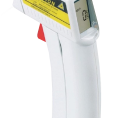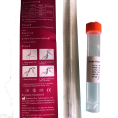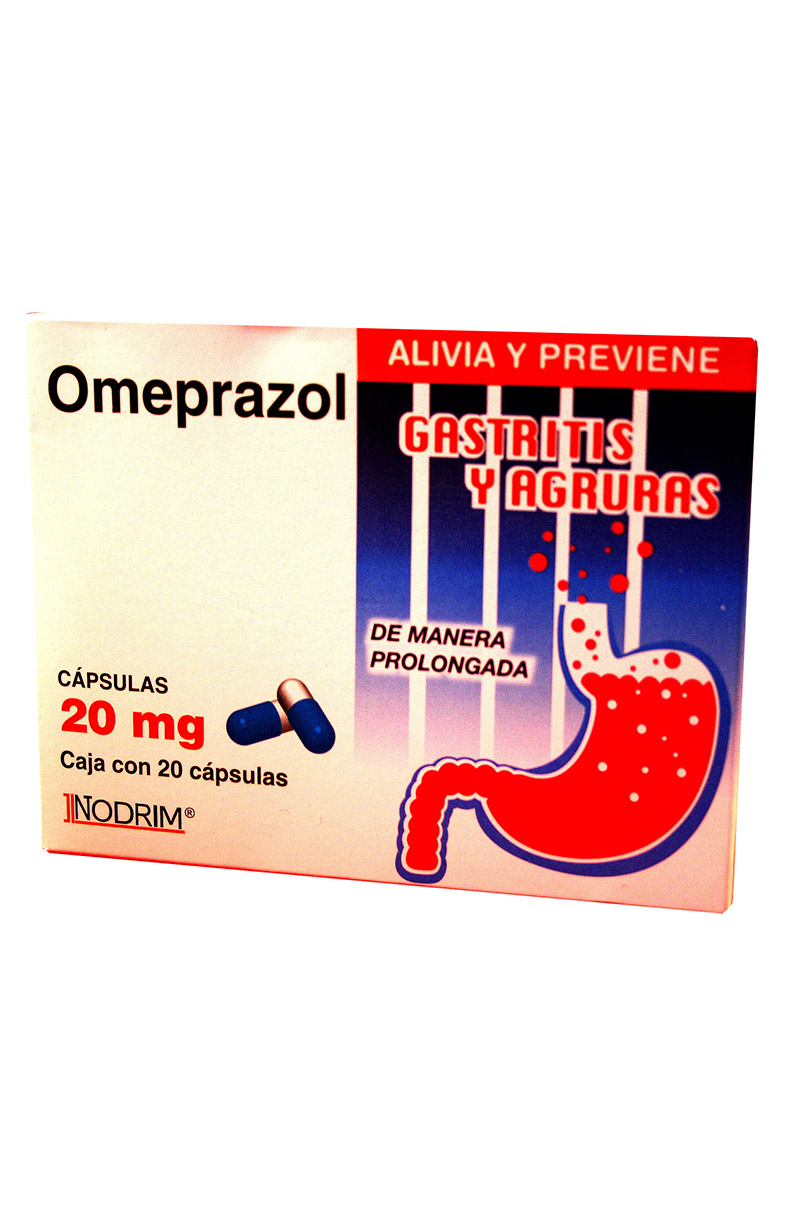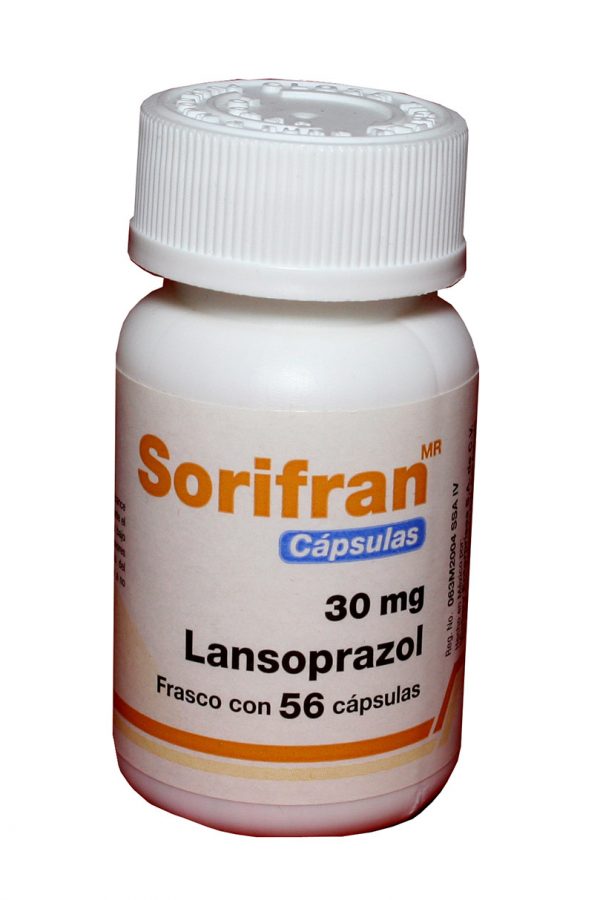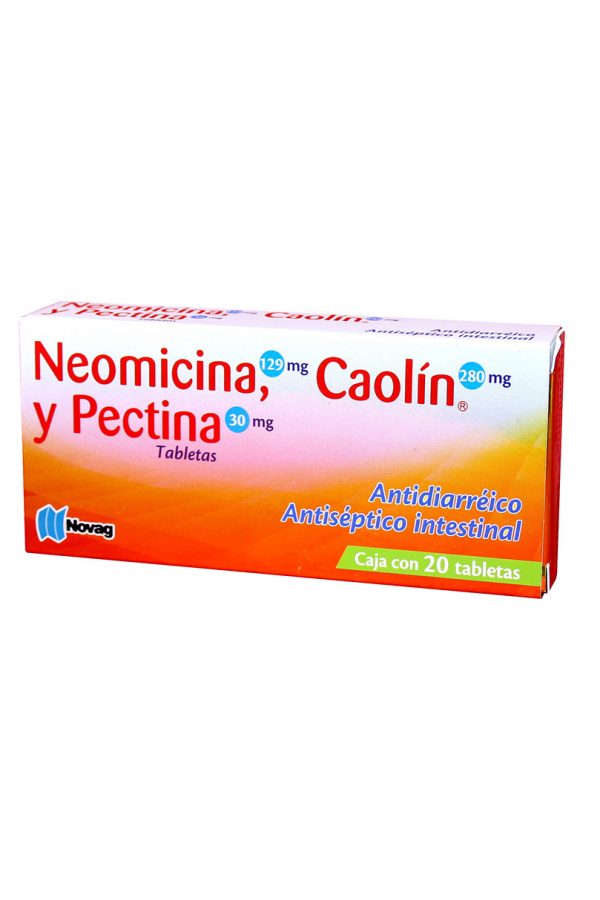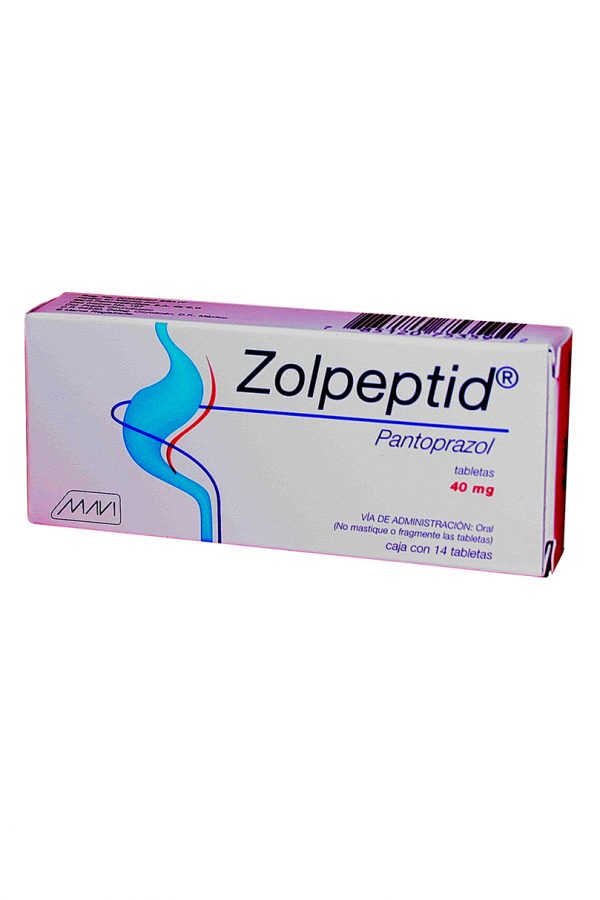Paracetamol is a simple painkilling medicine used to relieve mild to moderate pain and fever. Despite its widespread use for over 100 years, we still don’t fully understand how paracetamol works to relieve pain and reduce fever. However, it is now thought that it works by reducing the production of prostaglandins in the brain and spinal cord. The body produces prostaglandins in response to injury and certain diseases. One of the effects of prostaglandins is to sensitise nerve endings, causing pain (presumably to prevent us from causing further harm to the area). As paracetamol reduces the production of these nerve sensitising prostaglandins it is thought it may increase our pain threshold, so that although the cause of the pain remains, we can feel it less. Diphenhydramine is a type of medicine called a sedating antihistamine. It enters the brain in sufficient quantities to cause drowsiness. This is the main reason why it is included in this medicine. Ref: Sanfer SA Lab. Menstrual periods syntoma. Digestive diseases
Vestibulum curae torquent diam diam commodo parturient penatibus nunc dui adipiscing convallis bulum parturient suspendisse parturient a.Parturient in parturient scelerisque nibh lectus quam a natoque adipiscing a vestibulum hendrerit et pharetra fames nunc natoque dui.



